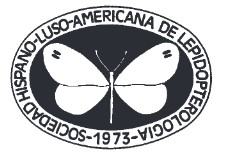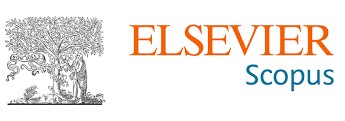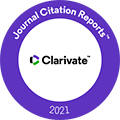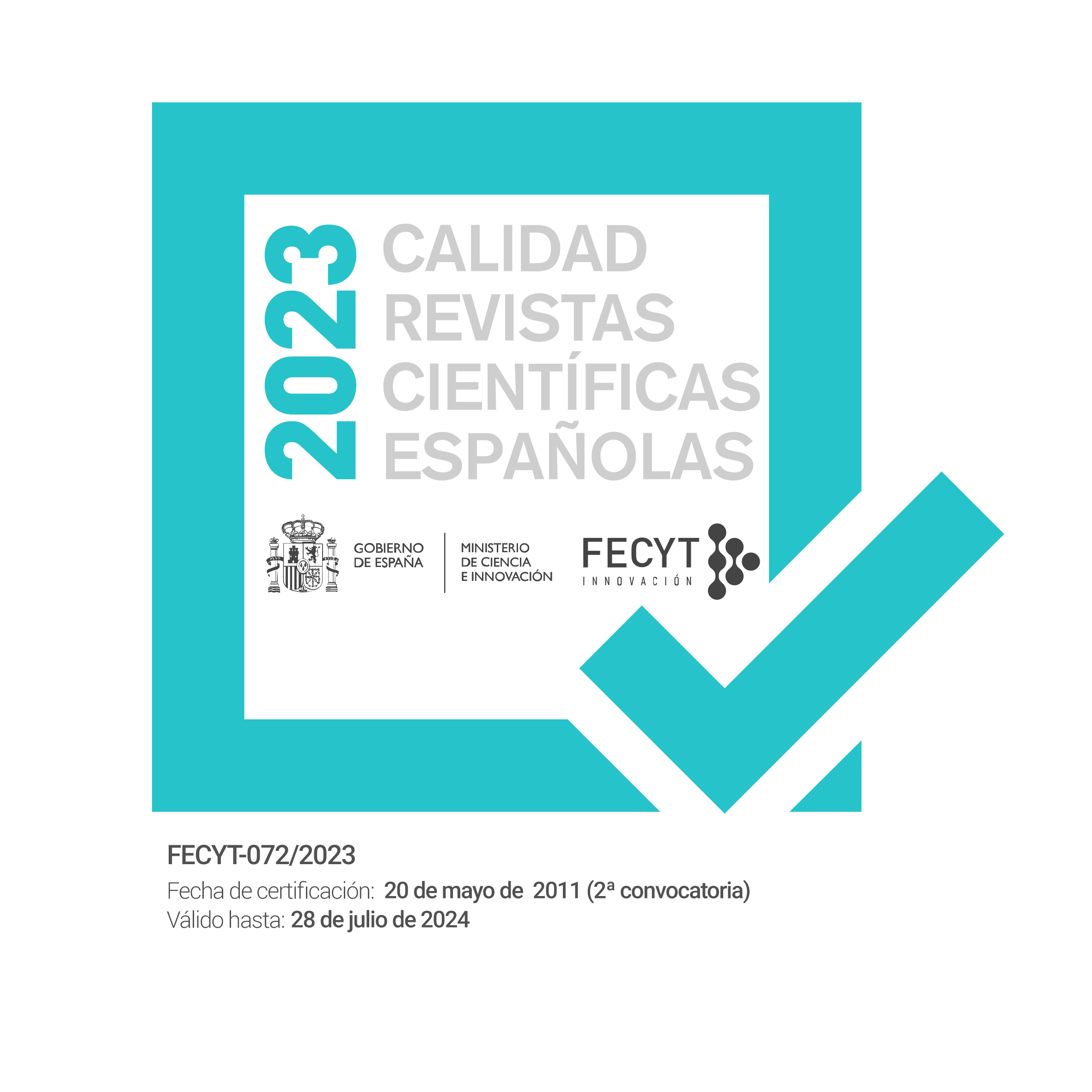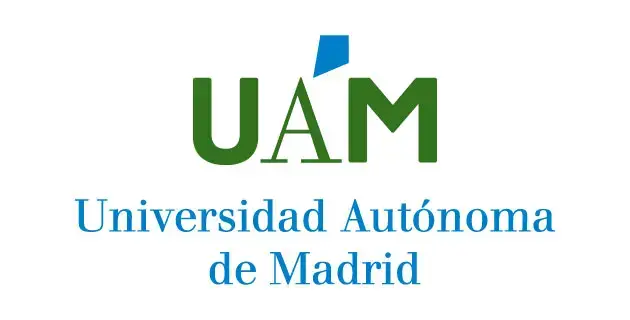First Global Report on Mud-puddling by Pyraloidea from India (Insecta: Lepidoptera)
DOI:
https://doi.org/10.57065/shilap.914Keywords:
Insecta, Lepidoptera, Pyraloidea, Arunachal Pradesh, Eastern Himalaya, IndiaAbstract
Mud-puddling though very common phenomenon in case of Rhopalocera (especially males) is not so common for Heterocera. The phenomenon was observed during one trapping night at Tippi village in Arunachal Pradesh, India. Here the authors present the first global report of Pyraloidea from India
Downloads
Global Statistics ℹ️
|
589
Views
|
259
Downloads
|
|
848
Total
|
|
References
Adler, P. H. (1982). Soil-and puddle-visiting habits of moths. Journal of the Lepidopterists’ Society, 36, 161-173.
Adler, P. H., & Pearson, D. L. (1982). Why do male butterflies visit mud puddles? Canadian Journal of Zoology, 60(3), 322-325. https://doi.org/10.1139/z82-043 DOI: https://doi.org/10.1139/z82-043
Bänziger, H. (1973). Biologie der lacriphagen Lepidopteren in Thailand and Malaysia. Revue suisse de zoologie, 79(4), 1381-1469. https://doi.org/10.5962/bhl.part.97166 DOI: https://doi.org/10.5962/bhl.part.97166
Boggs, C. L., & Gilbert, L. E. (1979). Male contribution to egg production in butterflies: evidence for transfer of nutrients at mating. Science, 206(4414), 83-84. https://doi.org/10.1126/science.206.4414.83 DOI: https://doi.org/10.1126/science.206.4414.83
Clausen, C. P. (1978). Introduced parasites and predators of arthropods pests and weeds: A World Review. Agriculture Research Service, U. S. Dept. of Agriculture.
Drummond, B. A. (1984). Multiple mating and sperm competition in the Lepidoptera. In R. L. Smith. Sperm competition and the evolution of animal mating systems (pp. 291-396). Academic Press. https://doi.org/10.1016/B978-0-12-652570-0.50016-6 DOI: https://doi.org/10.1016/B978-0-12-652570-0.50016-6
Eisner, T., & Meinwald, J. (1995). The chemistry of sexual selection. Proceedings of the National Academy of Sciences, 92(1), 50-55. https://doi.org/10.1073/pnas.92.1.50 PMid:7816847 PMCid:PMC42815 DOI: https://doi.org/10.1073/pnas.92.1.50
Gumhalter, D. (2022). New distribution records of Aglossa signicostalis (Lepidoptera: Pyralidae) in Europe: a new species for the fauna of Croatia. Phegea, 50(2), 59-63. https://doi.org/10.57065/shilap.48 DOI: https://doi.org/10.57065/shilap.48
Hilgartner, R., Raoilison, M., Büttiker, W., Lees, D. C., & Krenn, H. W. (2007). Malagasy birds as hosts for eyefrequenting moths. Biology Letters, 3(2), 117-120. https://doi.org/10.1098/rsbl.2006.0581 PMid:17251126 PMCid:PMC2375961 DOI: https://doi.org/10.1098/rsbl.2006.0581
Lai-Fook, J. (1991). Absorption of phosphorus from the spermatophore through the cuticle of the bursa copulatrix of the butterfly, Calpodes ethlius. Tissue and Cell, 23(2), 247-259. https://doi.org/10.1016/0040-8166(91)90079-9 PMid:18621160 DOI: https://doi.org/10.1016/0040-8166(91)90079-9
Munroe, E. (1972). Pyraloidea. Pyralidae (in part). In R. B. Dominick, D. C. Ferguson, J. G. Franclemont, R. W. Hodges & E. G. Munroe. The Moths of America North of Mexico (Fasc. 13.1B, pp. 137-250). E. W. Classey Ltd and the Wedge Entomological Research Foundation.
Nuss, M., Landry, B., Mally, R., Vegliante, F., Tränkner, A., Bauer, F., Hayden, J., Segerer, A., Schouten, R., Li, H.,Trofimova, T., Solis, M. A., De Prins, J., & Speidel, W. (2003-2023) Global Information System on Pyraloidea. http://www.pyraloidea.org
Rodgers, W. A., & Panwar, H. S. (1988). Planning a wildlife protected area network in India (Vol. 1): The Report. Wildlife Institute of India.
Skowron Volponi, M. (2020). A vivid orange new genus and species of Braconid-mimicking clearwing moth (Lepidoptera: Sesiidae) found puddling on Plecoptera exuviae. Insects, 11(7), 425. https://doi.org/10.3390/insects11070425 PMid:32659949 PMCid:PMC7411731 DOI: https://doi.org/10.3390/insects11070425
Smedley, S. R., & Eisner, T. (1995). Sodium uptake by puddling in a moth. Science, 270(5243), 1816-1818. https://doi.org/10.1126/science.270.5243.1816 PMid:8525374 DOI: https://doi.org/10.1126/science.270.5243.1816
Smedley, S. R., & Eisner, T. (1996). Sodium: a male moth’s gift to its offspring. Proceedings of the National Academy of Sciences, 93(2), 809-813. https://doi.org/10.1073/pnas.93.2.809 PMid:11607627 PMCid:PMC40138 DOI: https://doi.org/10.1073/pnas.93.2.809
Solis, M. (2007). Phylogenetic studies and modern classification of the Pyraloidea (Lepidoptera). Revista Colombiana de Entomología, 33(1), 1-8. https://doi.org/10.25100/socolen.v33i1.9306 DOI: https://doi.org/10.25100/socolen.v33i1.9306
Solis, M. A. (1997). Snout moths: Unraveling the taxonomic diversity of a speciose group in the Neotropics. (pp.231-242). In M. L. Reaka-Kudla, D. Wilson & E. O. Wilson. Biodiversity II: Understanding and Protecting our Biological Resources. Joseph Henry Press.
Xiao, K., Shen, K., Zhong, J. F., & Li, G. Q. (2010). Effects of dietary sodium on performance, flight and compensation strategies in the cotton bollworm, Helicoverpa armigera (Hübner) (Lepidoptera: Noctuidae). Frontiers in Zoology, 7, 1-8. https://doi.org/10.1186/1742-9994-7-11 PMid:20385025 PMCid:PMC2859862 DOI: https://doi.org/10.1186/1742-9994-7-11
Published
How to Cite
Issue
Section
License

This work is licensed under a Creative Commons Attribution 4.0 International License.
The author SS retains his trademark and patent rights to any process or procedure within the article.
The author retains the right to share, distribute, perform and publicly communicate the article published in SHILAP Revista de lepidopterología, with initial acknowledgement of its publication in SHILAP Revista de lepidopterología.
The author retains the right to make a subsequent publication of his work, from using the article to publishing it in a book, provided that he indicates its initial publication in SHILAP Revista de lepidopterología.
Each submission to SHILAP Revista de lepidopterología must be accompanied by an acceptance of copyright and acknowledgement of authorship. By accepting them, authors retain copyright of their work and agree that the article, if accepted for publication by SHILAP Revista de lepidopterología, will be licensed for use and distribution under a "Creative Commons Attribution 4.0 International" (CC BY 4.0) licence that allows third parties to share and adapt the content for any purpose giving appropriate credit to the original work.
You may read here the basic information and the legal text of the license. The indication of the CC BY 4.0 License must be expressly stated in this way when necessary.
As of 2022, the content of the print and digital version is licensed under a "Creative Commons Attribution 4.0 International License" (CC BY 4.0), licence that allows third parties to share and adapt the content for any purpose giving appropriate credit to the original work.
Previous content in the journal was published under a traditional copyright licence; however, the archive is available for free access.
When using the contents of SHILAP Revista de lepidopterología published before 2022, including figures, tables or any other material in printed or electronic format belong to the authors of the articles, the authors must obtain the permission of the copyright holder. Legal, financial and criminal liabilities in this respect belong to the author(s).
In application of the Principle of Priority of the International Code of Zoological Nomenclature, no other version than the one published by the publisher may be deposited in repositories, personal websites or similar.





